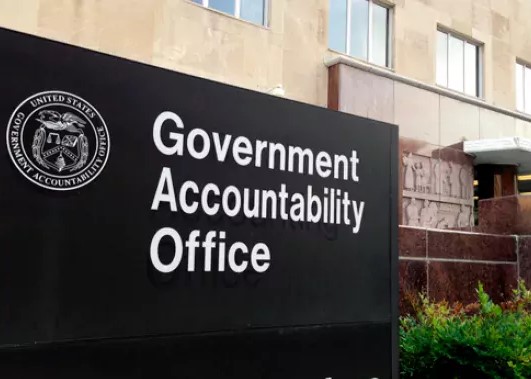
30 May IMPROPER PAYMENTS KEEP MEDICAID ON GAO’S HIGH-RISK LIST
The Government Accountability Office recently published its updated High-Risk List. The update is part of the biennial High-Risk Series started in 1990 that identifies government operations vulnerable to fraud, waste, abuse, and mismanagement. The recent report marks the twentieth consecutive year that the Medicaid program has made the cut. According to the GAO, the Centers for Medicare and Medicaid Services must strengthen fiscal oversight of program expenditures to mitigate improper payments and ensure that resources are spent appropriately.
Fiscal year 2022 was a demanding period for Medicaid as the program was dealing with the ongoing social and economic impact of the COVID-19 public health emergency (PHE). Enrollment increased by almost 20 million people between 2020 and 2022. As a result, efforts to strengthen program integrity were often superseded by the need to respond to the PHE and support states. In FY 2022, Medicaid provided close to 82 million beneficiaries with healthcare at an estimated cost of $516 billion.
High-Risk Segments of the Medicaid Program
The GAO’s report identified the following three segments that comprise the overall high-risk of the Medicaid program:
- Improper payments reached $81 billion in FY 2022
- The use of state-directed payments and supplemental payments
- Limited oversight of Medicaid expenditures and utilization data
GAO Recommendations
In addition to identifying areas of high-risk, the GAO’s report also endeavors to help resolve these vulnerabilities by making recommendations. Currently, seventy recommendations related to Medicaid program integrity remain open. The GAO’s recommendations to CMS are:
- Expand its review of states’ implementation of provider screening and enrollment requirements and, for states not fully compliant with the requirements, annually monitor their implementation progress;
- improve oversight of Medicaid procurements;
- collect sufficient provider-specific information from states on Medicaid payments to providers, including supplemental payments and the sources of funds states use to finance their share of the payments, and specify what criteria should be used to ensure that Medicaid payments at the provider level are economical and efficient;
- complete an assessment and take steps to ensure that resources to oversee state-reported expenditures are adequate and allocated according to risk; and
- continue efforts to assess and improve T-MSIS data and articulate specific plans and associated time frames for using these data for broad program oversight.
Mitigate Improper Payments with True Cost Avoidance
Improper claims payments has been identified each year by the GAO as a major factor in Medicaid waste and mismanagement. Improper payments cost the Medicaid program billions of dollars every year, threatening the program’s solvency and sustainability. One way Medicaid administrators could reduce improper payments immediately is to adopt technology solutions that help identify primary commercial payers in order to avoid making claims payments in error.
Health plans have difficulty identifying primary coverage on pharmacy and medical claims because the data they access is not current, available, complete, or accurate. Thus, plans have no choice but to pay claims in error and chase reimbursement once other health insurance (OHI) is discovered. Unfortunately, for Medicaid plans, the actual monies recovered remain around twenty cents on the dollar.
Syrtis Solutions realized that Medicaid plans needed a way to identify active OHI coverage to adjudicate claims properly. ProTPL, introduced in 2010, is a real-time point of sale cost avoidance service for government funded healthcare programs that delivers powerful, accurate, and actionable eligibility data. The solution gives health plans the ability to cost avoid Rx and medical claims and the associated costs of recovery.
Medicaid has remained on the GAO’s High-Risk List since 2003. Over the years, the program has struggled with fiscal oversight and integrity. Medicaid’s improper payment rate alone is costing billions of dollars every year. To remain solvent, Medicaid must improve its fiscal oversight of program expenditures and ensure that program resources are spent appropriately. Right now, the best place to start saving resources and reducing improper payments is to provide Medicaid payers access to clean and actionable eligibility data that they can rely on.
